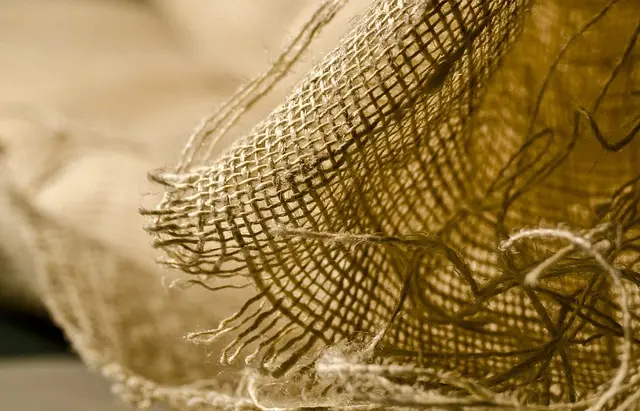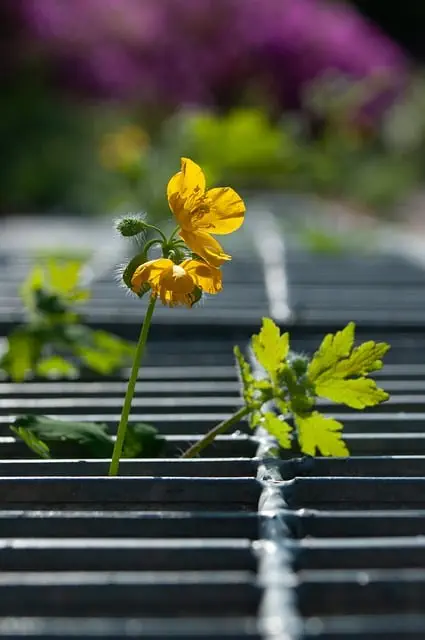The Mitragyna speciosa, commonly known as the kratom tree, is an evergreen species indigenous to Southeast Asia with significant therapeutic potential. Its leaves contain alkaloids like mitragynine and 7-hydroxymitragynine, which have been observed to interact with brain receptors to influence mood and pain perception. Kratom tree pictures serve as a vital resource for understanding the plant's appearance and ethnobotanical importance, showcasing its large, leathery leaves and tall, robust structure. These images not only offer an aesthetic glimpse but also educate viewers on the kratom's role in traditional Southeast Asian medicine and its current status as a natural remedy for stress and anxiety management. The historical use of kratom by indigenous populations for energy and pain relief continues to inform modern scientific research, highlighting the plant's complex chemistry and potential benefits. Kratom tree pictures thus bridge cultural practices and contemporary scientific interest, providing a comprehensive visual documentation of this remarkable tree.
Embark on a journey to discover how the kratom tree’s therapeutic properties can alleviate stress and anxiety. This article illuminates the natural benefits of kratom, a plant with a rich history in Southeast Asian traditional medicine. We delve into its origins and visual splendor through captivating kratom tree pictures, unlocking insights into its potential for promoting well-being. By exploring the key compounds within its leaves and comparing various kratom strains, learn how to integrate this natural wonder into your stress management routine effectively. Our holistic approach ensures you navigate the path to relaxation with knowledge and caution, emphasizing a balanced lifestyle complemented by the best kratom sources for optimal mental health support. Join us as we uncover the secrets of kratom and its role in fostering tranquility amidst life’s demands.
- Unlocking the Therapeutic Properties of the Kratom Tree: A Visual Guide
- – Explore the origins and appearance of the kratom tree through captivating pictures.
- – Discuss the historical use of kratom in traditional Southeast Asian medicine.
Unlocking the Therapeutic Properties of the Kratom Tree: A Visual Guide

When exploring the therapeutic properties of the kratom tree, one is often drawn to the rich tapestry of its leaves and their potential effects on stress and anxiety. Known scientifically as Mitragyna speciosa, this evergreen tree native to Southeast Asia offers a wealth of benefits that have been traditionally utilized by locals for centuries. Today, the kratom tree is gaining recognition in various parts of the world for its medicinal qualities. For an immersive understanding, one can refer to kratom tree pictures that illustrate the tree’s structure and leaf variations, which play a pivotal role in the alkaloid content that provides its effects. These images not only serve as a visual representation but also as a starting point for those interested in the plant’s ethnobotanical significance.
The leaves of the kratom tree are the primary focus when it comes to uncovering its therapeutic potential. Each leaf is a complex biochemical matrix, containing over 40 alkaloids, with mitragynine and 7-hydroxymitragynine being the most abundant. These compounds have been studied for their potential to influence the brain’s receptors, thereby affecting mood, pain perception, and energy levels. Kratom tree pictures can help visualize the intricate structures of these leaves, each vein a conduit for these bioactive compounds. By examining these images, one can appreciate the botanical complexity behind this natural remedy, which has shown promise in supporting mental well-being and reducing stress and anxiety levels in individuals. As interest in kratom as a therapeutic agent continues to grow, so does the availability of high-quality, detailed visual references, allowing for a deeper comprehension of its true nature and applications.
– Explore the origins and appearance of the kratom tree through captivating pictures.

The kratom tree, scientifically known as Mitragyna speciosa, is an evergreen deciduous tree native to the tropical forests of Southeast Asia, particularly in countries like Thailand, Indonesia, and Malaysia. Its leaves are large and broad, with a leathery texture and a complex network of veins that give them a distinctive, captivating appearance. The kratom tree can grow up to 25 meters tall, with a sturdy trunk and a crown of branching limbs that bear these characteristic leaves. In its natural habitat, the kratom tree’s lush foliage plays a vital role in the ecosystem, providing shelter for wildlife and contributing to the biodiversity of the region. For those intrigued by the botanical aspects of kratom, pictures of the kratom tree offer a vivid glimpse into its majestic stature and the vibrant green hues of its leaves, which can range from deep green to a surprising shade of pink when young. These images capture not only the essence of the plant but also its significant place within the biodiversity and culture of its origin, offering readers an immersive experience into the world where kratom thrives naturally. Kratom tree pictures serve as an important visual tool to educate and inform about this remarkable species and its natural setting.
– Discuss the historical use of kratom in traditional Southeast Asian medicine.

The kratom tree, a member of the Rubiaceae family, has been a cornerstone in traditional Southeast Asian medicine for centuries. Native to countries such as Thailand, Indonesia, and Malaysia, kratom has been utilized by indigenous peoples for its medicinal properties, primarily for pain relief and energy enhancement. Historical accounts suggest that laborers in these regions would chew the leaves of the kratom tree or brew them into tea to cope with the demands of strenuous manual labor. The use of kratom was a natural integration into their daily routines, serving as both a stimulant and analgesic. In the context of modern medicine, the tree’s leaves have garnered significant interest for their potential in reducing stress and anxiety, leading to increased research on the compounds mitragynine and 7-hydroxymitragynine, which are thought to be responsible for kratom’s psychoactive effects. Images of the kratom tree show its sturdy stature and broad leaves, offering a tangible connection to this natural remedy that has spanned through generations and across borders, providing insight into the rich cultural practices that have historically relied on its beneficial properties.
Considerable insights into the therapeutic benefits of the kratom tree have been illuminated throughout this article, supported by compelling visuals of the kratom tree itself. The historical context and cultural significance of kratom within Southeast Asian practices underscore its potential for reducing stress and anxiety. Embracing this ancient wisdom through modern guidance can be a prudent approach to natural well-being. By understanding both the scientific aspects and the practical use of kratom, individuals seeking alternative methods for relaxation and stress management have a robust resource at their disposal. It is with this knowledge that one can approach the kratom tree not merely as a curiosity or an exotic plant, but as a potential ally in maintaining mental health and emotional balance. For those intrigued by the healing properties of natural remedies, the kratom tree presents a valuable option, as evidenced by the extensive coverage and careful examination provided in this article.






